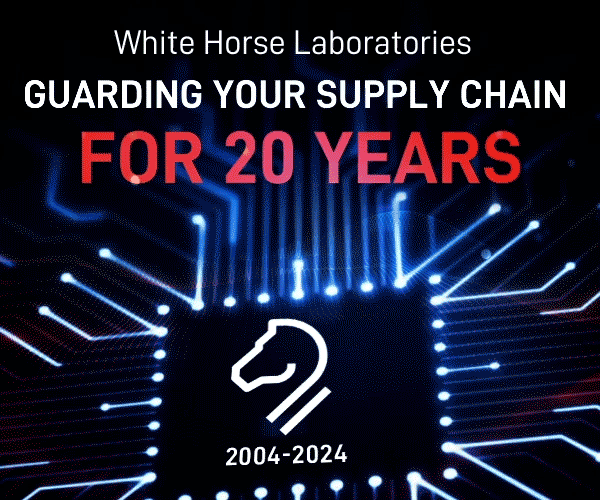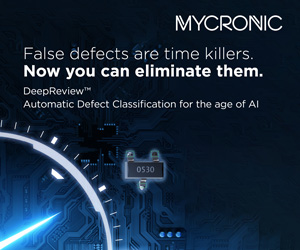Boston Dynamics’ Robert Playter on the New Atlas
Boston Dynamics has just introduced a new Atlas humanoid robot, replacing the legendary hydraulic Atlas and intended to be a commercial product. This is huge news from the company that has spent the last decade building the most dynamic humanoids that the world has ever seen, and if you haven’t read our article about the announcement (and seen the video!), you should do that right now.
We’ve had about a decade of pent-up questions about an all-electric productized version of Atlas, and we were lucky enough to speak with Boston Dynamics CEO Robert Playter to learn more about where this robot came from and how it’s going to make commercial humanoid robots (finally) happen.
Robert Playter was the Vice President of Engineering at Boston Dynamics starting in 1994, which I’m pretty sure was back when Boston Dynamics still intended to be a modeling and simulation company rather than a robotics company. Playter became the CEO in 2019, helping the company make the difficult transition from R&D to commercial products with Spot, Stretch, and now (or very soon) Atlas.
We talked with Playter about what the heck took Boston Dynamics so long to make this robot, what the vision is for Atlas as a product, all that extreme flexibility, and what comes next.
IEEE Spectrum: So what’s going on?
Robert Playter: Boston Dynamics has built an all-electric humanoid. It’s our newest generation of what’s been an almost 15-year effort in developing humanoids. We’re going to launch it as a product, targeting industrial applications, logistics, and places that are much more diverse than where you see Stretch—heavy objects with complex geometry, probably in manufacturing type environments. We’ve built our first robot, and we believe that’s really going to set the bar for the next generation of capabilities for this whole industry.
What took you so long?!
Playter: Well, we wanted to convince ourselves that we knew how to make a humanoid product that can handle a great diversity of tasks—much more so than our previous generations of robots—including at-pace bimanual manipulation of the types of heavy objects with complex geometry that we expect to find in industry. We also really wanted to understand the use cases, so we’ve done a lot of background work on making sure that we see where we can apply these robots fruitfully in industry.
We’ve obviously been working on this machine for a while, as we’ve been doing parallel development with our legacy Atlas. You’ve probably seen some of the videos of Atlas moving struts around—that’s the technical part of proving to ourselves that we can make this work. And then really designing a next generation machine that’s going to be an order of magnitude better than anything the world has seen.
“We’re not anxious to just show some whiz-bang tech, and we didn’t really want to indicate our intent to go here until we were convinced that there is a path to a product.”—ROBERT PLAYTER, BOSTON DYNAMICS
With Spot, it felt like Boston Dynamics developed the product first, without having a specific use case in mind: you put the robot out there and let people discover what it was good for. Is your approach different with Atlas?
Playter: You’re absolutely right. Spot was a technology looking for a product, and it’s taken time for us to really figure out the product market fit that we have in industrial inspection. But the challenge of that experience has left us wiser about really identifying the target applications before you say you’re going to build these things at scale.
Stretch is very different, because it had a clear target market. Atlas is going to be more like Stretch, although it’s going to be way more than a single task robot, which is kind of what Stretch is. Convincing ourselves that we could really generalize with Atlas has taken a little bit of time. This is going to be our third product in about four years. We’ve learned so much, and the world is different from that experience.
Is your vision for Atlas one of a general purpose robot?
Playter: It definitely needs to be a multi-use case robot. I believe that because I don’t think there’s very many examples where a single repetitive task is going to warrant these complex robots. I also think, though, that the practical matter is that you’re going to have to focus on a class of use cases, and really making them useful for the end customer. The lesson we’ve learned with both Spot and Stretch is that it’s critical to get out there and actually understand what makes this robot valuable to customers while making sure you’re building that into your development cycle. And if you can start that before you’ve even launched the product, then you’ll be better off.
How does thinking of this new Atlas as a product rather than a research platform change things?
Playter: I think the research that we’ve done over the past 10 or 15 years has been essential to making a humanoid useful in the first place. We focused on dynamic balancing and mobility and being able to pick something up and still maintain that mobility—those were research topics of the past that we’ve now figured out how to manage and are essential, I think, to doing useful work. There’s still a lot of work to be done on generality, so that humanoids can pick up any one of a thousand different parts and deal with them in a reasonable way. That level of generality hasn’t been proven yet; we think there’s promise, and that AI will be one of the tools that helps solve that. And there’s still a lot of product prototyping and iteration that will come out before we start building massive numbers of these things and shipping them to customers.
For a long time, it seemed like hydraulics were the best way of producing powerful dynamic motions for robots like Atlas. Has that now changed?
Playter: We first experimented with that with the launch of Spot. We had the same issue years ago, and discovered that we could build powerful lightweight electric motors that had the same kind of responsiveness and strength, or let’s say sufficient responsiveness and strength, to really make that work. We’ve designed an even newer set of really compact actuators into our electric Atlas, which pack the strength of essentially an elite human athlete into these tiny packages that make an electric humanoid feasible for us. So, this robot will be stronger at most of its joints than a person, and even an elite athlete, and will have a range of motion that exceeds anything a person can ever do. We’ve also compared the strength of our new electric Atlas to our hydraulic Atlas, and the electric Atlas is stronger.
In the context of Atlas’ range of motion, that introductory video was slightly uncomfortable to watch, which I’m sure was deliberate. Why introduce the new Atlas in that way?
Playter: These high range of motion actuators are going to enable a unique set of movements that ultimately will let the robot be very efficient. Imagine being able to turn around without having to take a bunch of steps to turn your whole body instead. The motions we showed [in the video] are ones where our engineers were like, “hey, with these joints, we could get up like this!” And it just wasn’t something we had that really thought about before. This flexibility creates a palette that you can design new stuff on, and we’re already having fun with it and we decided we wanted to share that excitement with the world.










